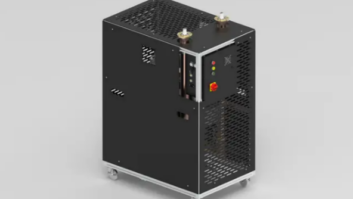This letter to the editor is in response to the recently-published commentary “AM Ain’t Done Yet.” Comment on this or any article. Email [email protected].
I love reading the articles regarding AM radio and the troubles it’s having these days. Well, “these days” goes back to the 70s and the engineering wizards who decided AM audio should cap off at 2 kHz rather than its origination bandwidth of 10 kHz.
Today, I was driving down a road where the noise from nearby power lines obliterated the AM station I was listening to. I then realized that the businesses I was passing on this road would be raising a big fuss if someone built a brick wall outside of their business preventing me from getting in there. The current state of RF interference is just like that. The station I listened to could have gone into a commercial break and I wouldn’t hear it. I wouldn’t get the latest deal from Home Depot. I wouldn’t know what drug would cure my stinky feet. The FCC has allowed numerous other industries to build “brick walls” around AM radio stations.
Growing up in New York State, on one of the great lakes I could hear radio from Buffalo, Toronto, Syracuse and, of course, my hometown of Rochester. Here in Southern California, I can’t even hear many of the local stations in my house due to fluorescent lights, TV interference and computer monitor interference.
Receiver manufacturers have given up on AM. Car manufacturers are working on giving up on AM.
AM broadcasters, with signals covering their home county and at least five others have given up, opting to make their flea-powered translator the aim of marketing their product. It’s still a treat to be sitting in California and hear radio from Oregon, Colorado, Nevada and points beyond. Sadly, most of the programming is the same.
I’m not for mandating a lot of things, but in my early radio days “The Commission” was the office to be feared. Today, it’s a joke. If AM goes away, the FM band will be even more crowded. They’ve created interference rules which haven’t been enforced in decades and that is one of the reasons AM is so tough to even understand, let alone listen to.
AM broadcasters need to stand up and fight the RF interference issues now. The “Big 4” are allowing power companies, computer makers and even electronic device managers to “build walls” around their stations and keep customers out. It’s time for that to change.
– Dave Mason, broadcaster (AM/FM/TV/shortwave)
[Related: “Some Serious Questions About AM Radio“]












